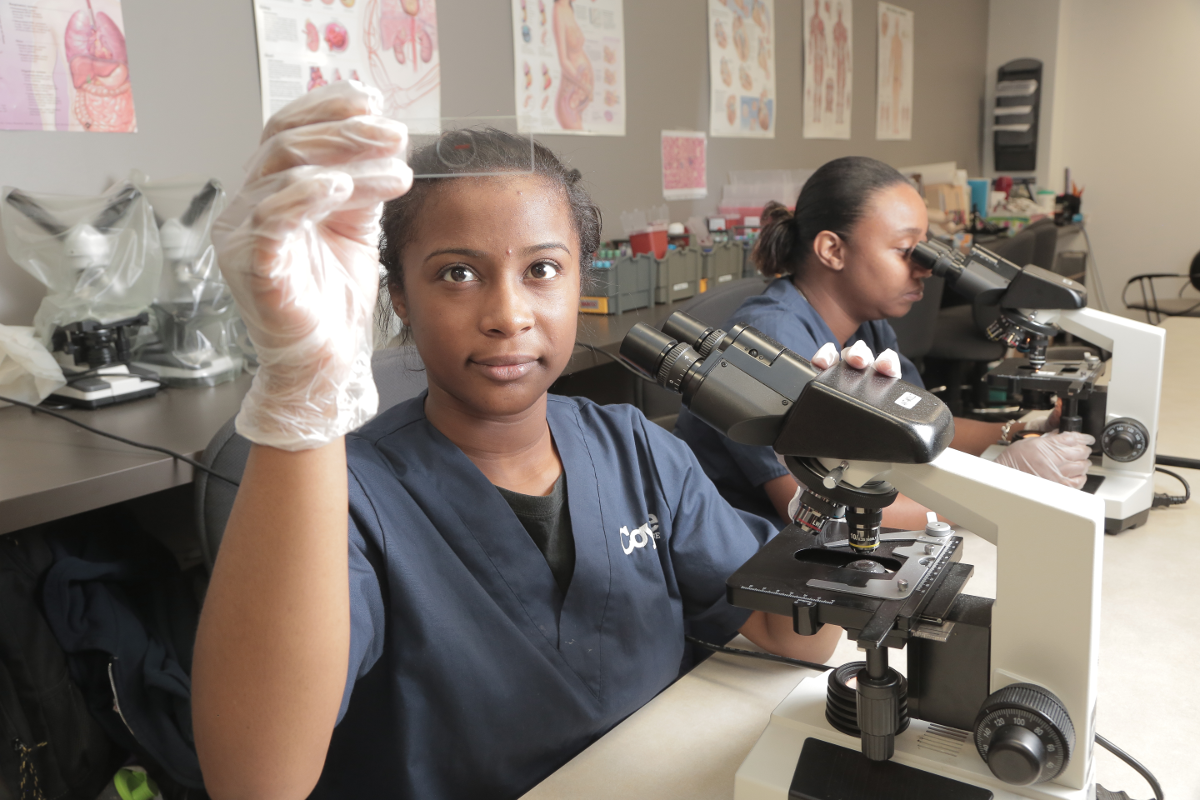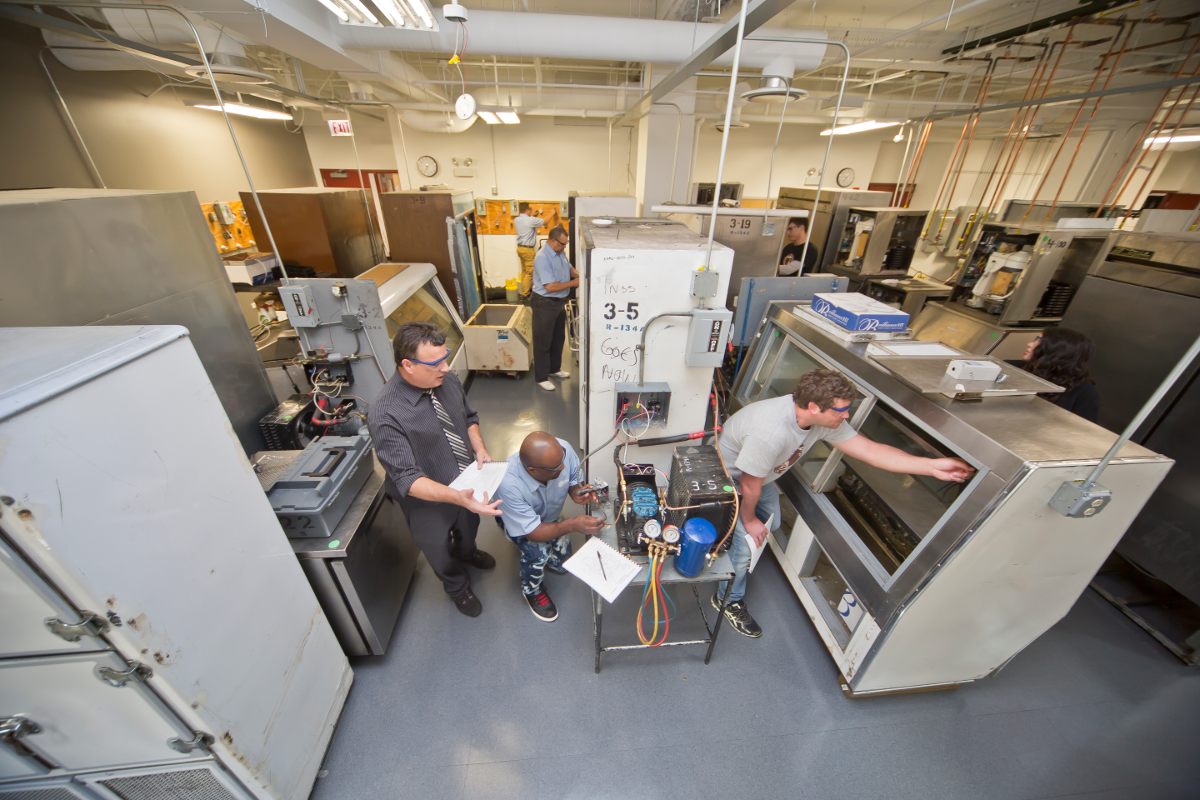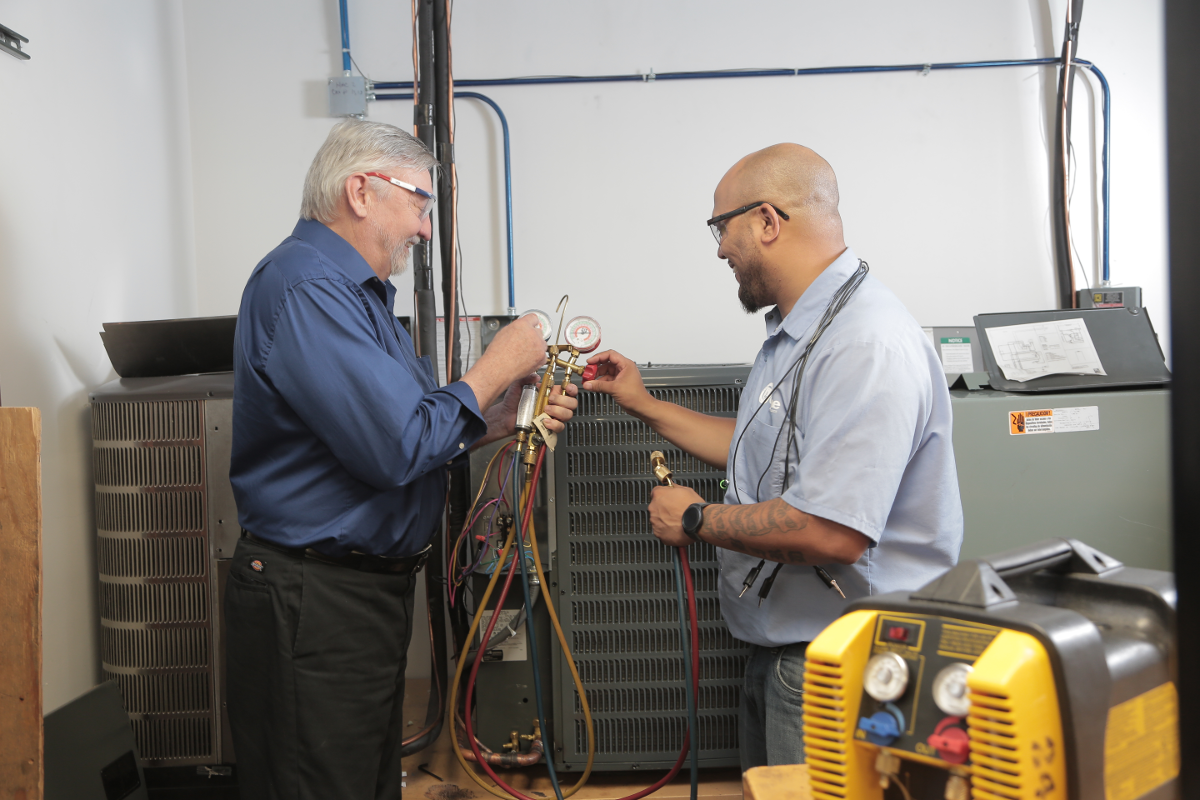As we as a species continue to traverse the seemingly endless frontier of technology and innovation, electricity will continue to be as important as it ever has been, if not more so. Whether it is a smartphone, laptop computer, microwave oven or an all-in-one printer/fax/copy machine, electricity is vital to so much of what we do in our everyday lives.
The Edison Electric Institute refers to the electric power industry (a near $300 million industry) as the “lifeblood” of the United States economy. Given the importance of electricity and our increasing dependence on it, it should go without saying that electricians and their trade are just as vital.
After all, they are the ones who install the components that make it all possible. Not only that, but they work wherever electrical wiring is installed or needs to be installed or maintained.
Electricians perform tasks related to the installation and maintenance of electrical equipment. This includes repairing and maintaining electrical systems, in addition to installing electrical wires and fixtures.
There are currently around 628,000 electricians across the United States, working in a plethora of settings, including residential and office buildings. Regardless of the setting, they all provide people with convenient access to electricity and all of the many devices it powers.
Electricians install the necessary wiring and circuitry required to provide electricity throughout buildings and other settings. Maintaining the electrical components after they are installed is another significant aspect of an electrician’s job.
Most professional electricians work in the electrical and other wiring installation contractors industry. Basically, they agree on a contract for a given job before they complete it, oftentimes finding work with a contracting agency. However, approximately one-tenth of professional electricians are self-employed.
The future of electricians in America looks to be quite bright. As the United States continues to become increasingly dependent on equipment that requires electricity, the places people inhabit will require more and more wiring. The Bureau of Labor Statistics (BLS) projects employment for electricians to increase 14 percent through 2024.
The BLS attributes this projected growth not only to the electrical needs of homes and businesses, but also to increased implementation of alternative power sources. Wind turbines and solar panels require electricians to connect them to homes and power grids.
Electricians who work in factories typically have the most stable employment. The BLS also suggests that job prospects are brightest for electricians who can perform a multitude of different tasks adequately.
Many students seeking to become electricians enroll in an electrician program at a technical school. Such programs allow aspiring electricians to begin their apprenticeships sooner than those without the training.
An apprenticeship is paid on-the-job training aspiring electricians must complete before they are able to perform full electrician services on their own. Apprenticeships typically last between four and five years.
In your apprenticeship, you’ll earn a salary while training under the supervision of a journeyman electrician to continue to learn and master the skills you need to succeed as an electrician. Apprentices tend to earn around half of what fully trained electricians earn, though they typically receive raises as they learn and hone new skills.
According to the BLS, apprentice electricians must complete “at least 144 hours of technical training and 2,000 of paid on-the-job training” every year of the apprenticeship. Classroom hours from a technical college can sometimes be applied to an apprentice’s 144 hours.
Following the completion of an apprenticeship, you may be required to pass a licensing exam depending on the state in which you plan to work. Individual state requirements can be found on the National Electrical Contractors Association (NECA) website.
Now that you have the general gist of what electricians do and why they are important, we will now present with some detail five skills that successful electricians have.
Troubleshooting
As mentioned above, installation and maintenance comprise the bulk of an electrician’s day-to-day tasks. That means they make sure things are performing the way that they are supposed to and diagnosing and fixing the problem when they are not.
Fixing electrical wiring and circuitry requires running tests and other diagnostic functions to pinpoint the issue and correctly fix it. This is known as troubleshooting.
Critical Thinking
Sometimes it is not blatantly obvious what the problem is or which electrical component is malfunctioning and causing problems. Other times, the installation of wiring and circuitry might hit a snag and a change of plans might have to be made.
Both of these scenarios require critical thinking to solve problems. An example of the former is an electrician using a multimeter, which measures the voltage, current and resistance, to determine the best course of action to fix a power outlet.
Customer Service
Electricians deal with people on a daily basis. For those who work in residential settings especially, they need to be approachable and willing to explain what they are doing, in addition to answering questions that customers have.
Electricians who are proficient in this aspect of the job are more frequently sought-out, as interacting with one’s customers with a friendly demeanor is good for business.
Business
Like most other occupations, electrical work is a business. To be a successful electrician, it is important for one to have the business savvy to make sure that they are being compensated comparably to their counterparts or, hopefully, better.
This is more in reference to electricians who are self-employed, who, in addition to negotiating the terms of new projects, deal with keeping track of inventory and payroll of those working under them, among other things. However, electricians who work for contractors benefit from having the skills to negotiate better terms as well.
Mathematics
As with other skilled trades whose essence is installation, maintenance and repair, it is crucial that electricians are proficient in mathematics. Mathematical competency is required for aspects of the job such as determining how much material is needed to complete a project, which size of tools to use and more.
Not only are precise measurements and calculations important for optimal electrical performance, but they are also important for safety.
Learn the Skills, Master the Craft
Does becoming an electrician sound like something you are interested in, but you do not have all of the skills listed above? Don’t sweat it, because that is where trade school education comes into play.
Coyne College is one of Chicago’s top skilled trade education institutions and is proud to offer two programs for aspiring electrical workers: electrical construction and planning and electrical construction maintenance.
Coyne College offers both programs during days and nights to help accommodate the busy schedules of its students. Both programs are offered at the Coyne College campus, located in the heart of the Chicago Loop at the intersection of State and Madison Streets.
The electrical construction and planning program’s curriculum is more extensive than that of the electrical construction maintenance program and can be completed in as few as 78 weeks. The electrical construction and maintenance program, on the other hand, also prepares you to enter the field, but can be finished in 42 to 56 weeks, depending on whether you take day or night classes.
As a student in either of Coyne College’s electrical programs, you will be submerged in classes such as:
- Electrical and Electronic Principles
- Electrical Test and Equipment Safety
- Electrical Construction – Residential
- Electrical Theory and Applications
- And more
You will learn the ins and outs of the electrician trade in a setting that focuses on your individual success and be taught by Coyne’s highly knowledgeable instructors who have years of real-world experience under their belts.
Following the completion of your associate’s degree or diploma program, you will be ready to enter the electrical workers’ field as an apprentice. As mentioned previously, apprenticeships usually last between four and five years.
Coyne College career services department can help students with job placement, including apprenticeships. Coyne College has more than 110 years of experience in helping transform students with dreams into qualified, skilled trade professionals.
Discover all that Coyne College has to offer and begin your journey to a new career today by visiting https://www.coynecollege.edu/.





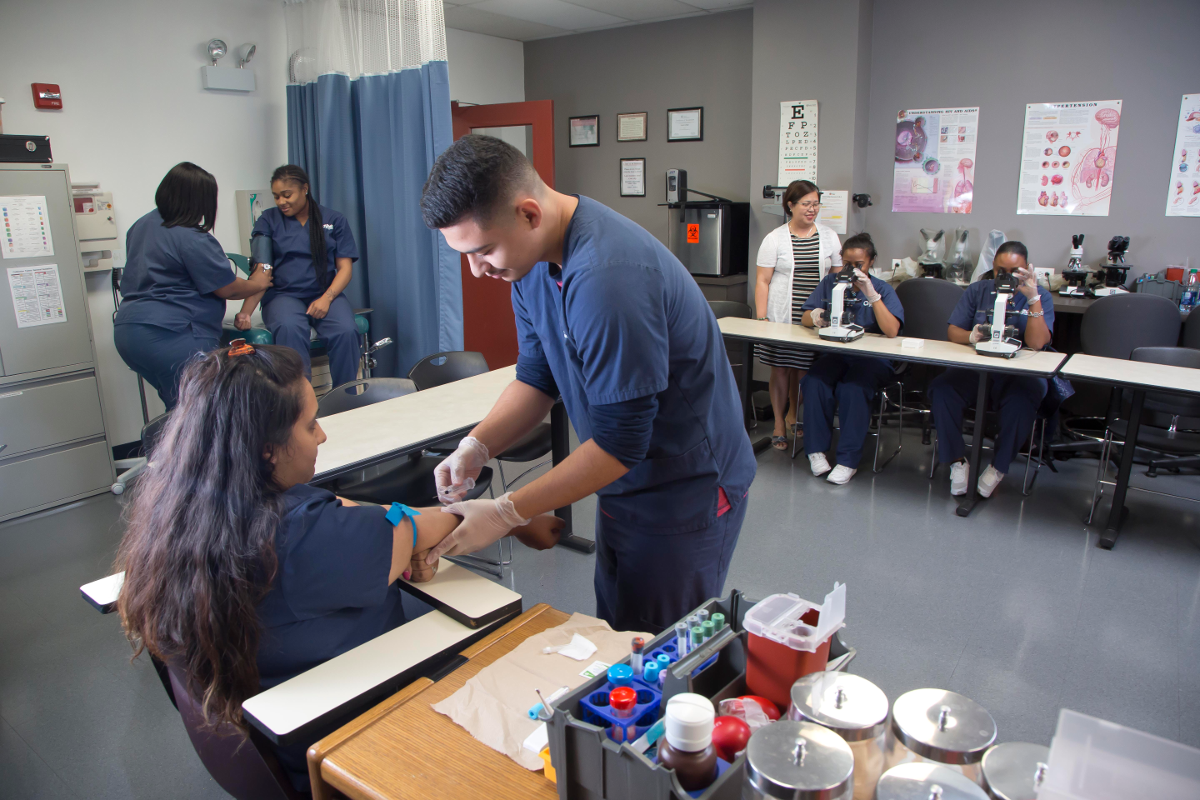
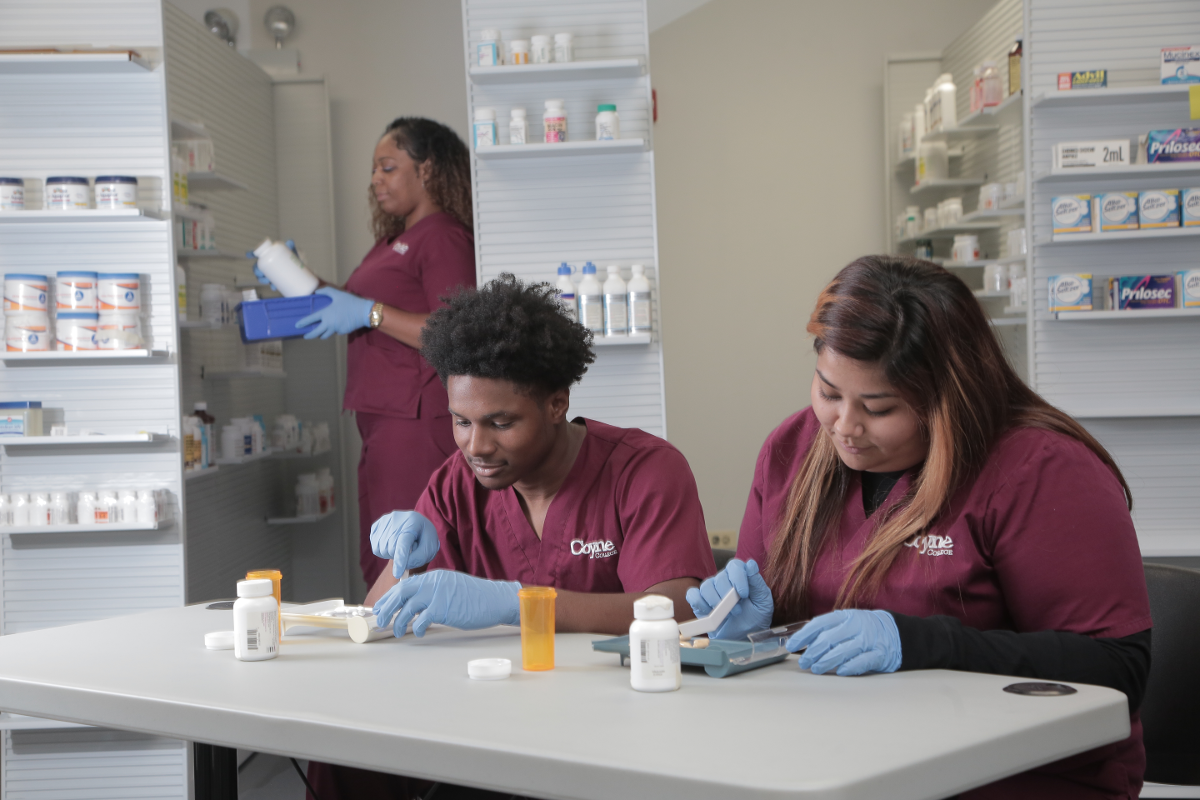
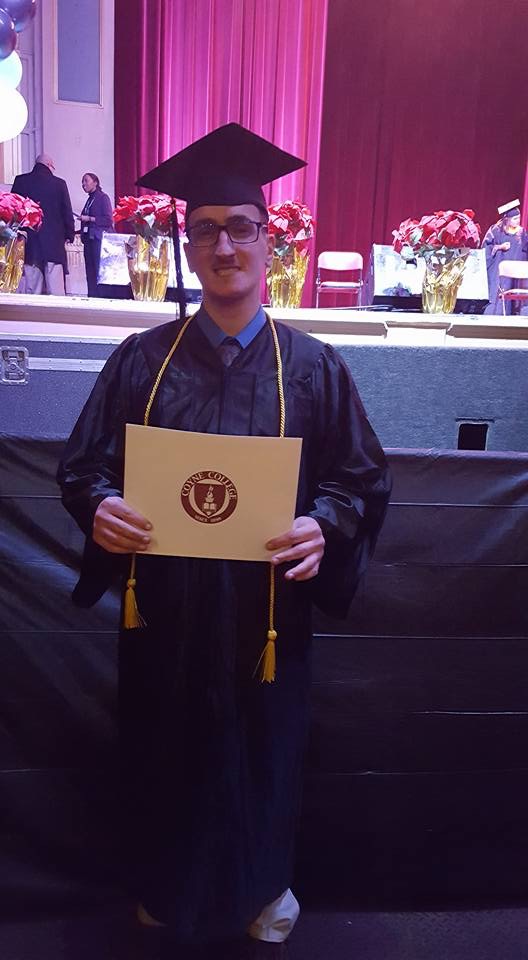 Salvatore Vazzano graduated from Coyne College in December 2016, completing the
Salvatore Vazzano graduated from Coyne College in December 2016, completing the 